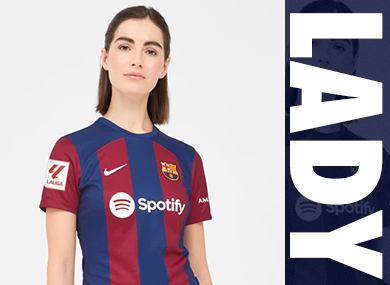Why Soccer Jersey Expensive and MineJerseys can offer affordable jersey?
In football history, Leeds United is a pioneer. In 1973, Leeds United became the world's first club to sell its own jerseys.
At that time, a Leeds United jersey was only sold for $7.
Now, 45 years later, the price of a Leeds United jersey is more than 10 times that amount.
Even considering inflation, the price has risen too rapidly, making it increasingly unaffordable for fans.
According to statistics, from the 2011-2012 season to the present, the price of jerseys for Premier League teams has increased by 18.5%.
In the 2018-2019 season, the average price of jerseys for Premier League teams was $68.
Among the 20 teams in the Premier League, the most expensive jerseys belong to Manchester United and Chelsea, priced between $80 and $88.
Why are jersey prices so high? One reason is the increasing sponsorship fees, and sponsors need to recoup their money through jersey sales.
Peter Rohlman, a UK sports marketing analysis expert, said, "The constant increase in jersey prices is due to various factors.
The rise in sponsorship fees forces an increase in jersey prices."
For example, Adidas signed a 10-year sponsorship contract with Manchester United for a total of $1 billion.
Adidas paid the sponsorship fee to Manchester United in advance to obtain the license to produce and sell Manchester United jerseys.
Having paid such a high sponsorship fee, Adidas undoubtedly aims to recover the money, leading to an increase in jersey prices.

Generally, for a jersey priced at $80.35, 5.8% represents the cost of materials, production, and transportation.
The profit margin for the manufacturer accounts for 11.5% of the jersey price, while the licensing fee charged by the clubs only constitutes 3.6% of the price.
Retailers take the highest proportion, claiming 22% of the jersey price.
The remaining portions are allocated to taxes, supply, advertising, and marketing.
For each jersey priced at $80.35, the club can only receive $2.89, with the majority going to others.






